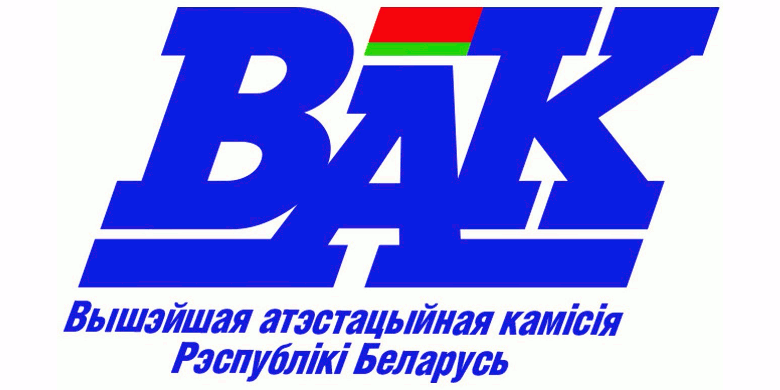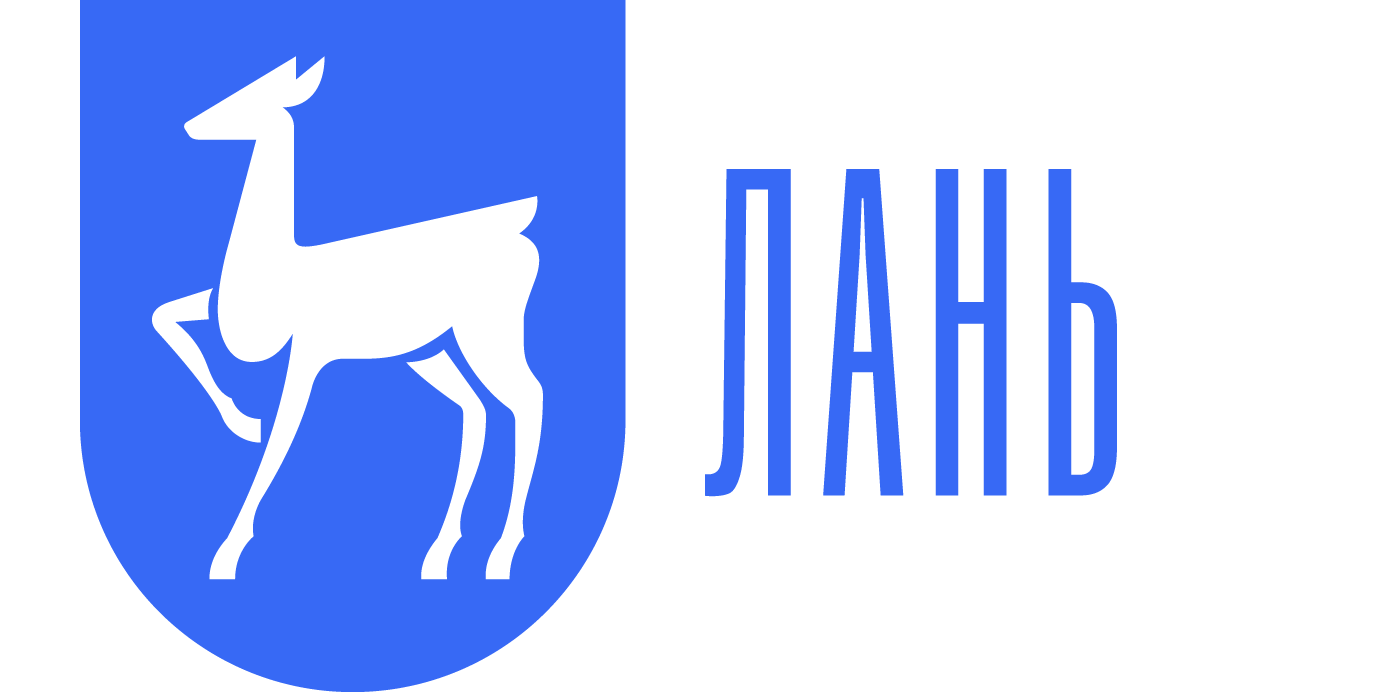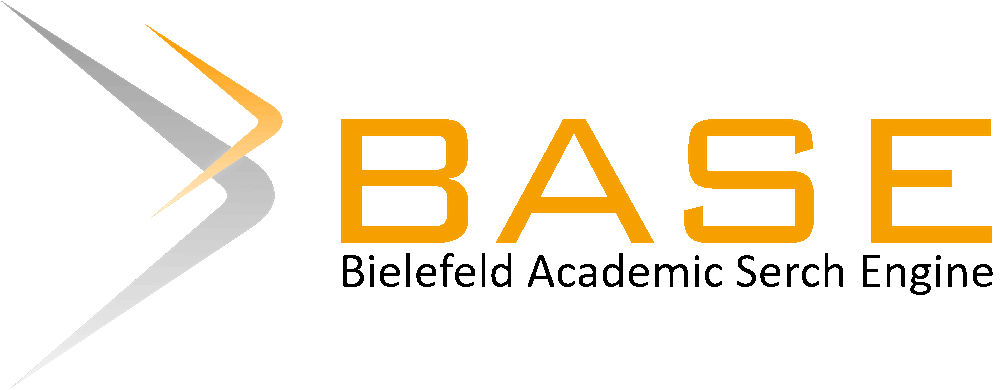Physical and sports activity of schoolchildren and students: problems &prospects for solutions
Keywords:
physical culture and sports activities, schoolchildren, students, education system, rational, irrationalAbstract
The article presents the results of a study of physical culture and sports activities in the aspect of its influence on the body of 175 female schoolchildren and students aged 17-19 years old in the process of activities of educational institutions of the Republic of Belarus and the Russian Federation. On the basis of the anthropometric survey, three main somatotypes of micro-, meso- and macrosomal were identified, which accounted for 63% of all surveyed. The assessment of the level and changes in the indicators of physical qualities revealed that the subjects belonging to the accelerated variant of biological development (group "A") have significantly better results (p<0.05), compared with the subjects of normal (group "B") and slow (group "C"). This difference is especially pronounced in indicators characterizing speed (by 8.7%; p<0.05), speed-strength (by 12%; p<0.05) and power (by 17.1%; p<0.05) ability. The described changes in the indicators of the studied physical qualities were of a hierarchical nature and, in general, reflected a satisfactory level of their development for each age group in relation to the control standards for the years of study (in group "A" significantly better results (p<0.05) compared to groups " B" and "C"). This difference is especially pronounced between the subjects of groups "A" and "C" in terms of speed (by 8.7%; p<0.05), speed-strength (by 12.0%; p<0.05), power (by 17.1%; p<0.05) qualities and general endurance (by 12.4%; p<0.05). The performed studies allowed us to propose a mechanism for the formation of a person's value orientations, when the influence of external factors on a person significantly increased during the period of uncertainty.
The results of a survey of young adult females made it possible to formulate the idea of an innovative health-saving and body-oriented technology for the effective construction of activities in the conditions of educational institutions, reflecting the flexibility of training and educational programs in terms of physical culture, health and sports orientation, taking into account the body type of the surveyed students.
The article presents data on the study of physical culture and sports activity in the aspect of its impact on the body of schoolchildren and students in the course of the activities of educational institutions. The mechanism of formation of value orientations of the personality is revealed, when the influence of external factors on the personality has significantly increased during the period of uncertainty.
References
Акчурин, Б. Г. Телесность как проявление человеческого потенциала / Б. Г. Ачкурин. Социально–гуманитарные знания. – 2004. – № 2. – С. 31–37.
Ахметов, И. И. Использование молекулярно-генетических методов для прогноза аэробных и анаэробных возможностей у спортсменов / И. И. Ахметов, Д. В. Попов и др. // Физиология человека. – 2008. – Т.34. – № 3. – С. 86-91.
Губа, В. П. Спортивная морфология. Серия: учебники и учебные пособия для студентов вузов / В.П. Губа, В. Н. Чернова. – М.: Советский спорт, 2020. – 352 с.
Межонова, Л. В. Интегрированный университетский комплекс: организационно-экономические инновации: монография / Л. В. Межонова. – Владивостокский государственный университет экономики и сервиса. – Владивосток: Дальнаука, 2014. – 168 с.
Соколова, С. Н. Философский аспект гуманистического потенциала современного спорта / С. Н. Соколова, Н. Г. Кручинский // Здоровье для всех. – 2015. – № 2. – С. 34-37.
Яковлев, А. Н. Онтология творчества в сфере физической культуры и спорта / А. Н. Яковлев // Здоровье для всех: материалы III-й Международной научно-практической конференции, УО ”Полесский государственный университет“, г. Пинск, 19-20мая 2011г./Национальный банк республики Беларусь [и др.]. – Пинск; ПолесГУ, 2011. – С.99-102.
Яковлев, А. Н. Систематизация ценностей телесности и взаимосвязь тела с объектами культуры и процессом воспитания физической культуры личности (Физическая культура и спорт в системе высшего образования) /А. Н. Яковлев, В. В. Маринич. – М.: Издательство «Перо», 2012. – С. 273-281.
Яковлев, А.Н. Инновационная педагогическая система как интеграция многоуровневого образования: формирование новых представлений о «теле» и «телесности» человека в процессе занятий физкультурно-спортивной деятельностью / А.Н. Яковлев // Ученые записки университета имени П.Ф. Лесгафта. – 2016. – № 10 (140). – С. 224 – 229.
Unnithan, V. Talent identification in youth soccer / V. Unnithan, J. White, A. Georgiou, J. Iga, B. Drust // Journal of Sports Sciences, 2012. – С. 1–8. / DOI:10.1080/02640414.2012.731515
WHO guidelines on physical activity and sedentary behaviour: Web Annex. Evidence profiles. Geneva: World Health Organization; 2020. – 535 р.
References
Akchurin B. G. Telesnost' kak proyavleniye chelovecheskogo potentsiala [Corporeality as a manifestation of human potential]. Sotsial'no–gumanitarnyye znaniya [Socio-humanitarian knowledge]. 2004, no. 2, pp. 31-37. (In Russian)
Akhmetov I.I., Popov D.V. et al. Ispol`zovanie molekulyarno-geneticheskikh metodov dlya prognoza ae`robny`kh i anae`robny`kh vozmozhnostej u sportsmenov [The use of molecular genetic methods for the prediction of aerobic and anaerobic capabilities in athletes]. Fiziologiya cheloveka [Human Physiology]. 2008, vol. 34, no. 3, pp. 86-91. (In Russian)
Guba V.P., Chernova V.N. Sportivnaya morfologiya. Se-riya: uchebniki i uchebny`e posobiya dlya studentov vuzov [Sports morphology. Series: Textbooks and teaching aids for university students]. M.: Soviet sport, 2020. 352 p. (In Russian)
Mezhonova L. V. Integrirovanny`j universitetskij kompleks: organizaczionno-e`konomicheskie innovaczii [Integrated University complex: organizational and economic innovations]. Vladivostok State University of Economics and Service. Vladivostok : Dalnauka, 2014, 168 p. (In Russian)
Sokolova S.N., Kruchinsky N.G. Filosofskij aspekt gumanisticheskogo potencziala sovremennogo sporta [Philosophical aspect of the humanistic potential of modern sports]. Zdorov`e dlya vsekh [Health for everyone]. – 2015, no 2, pp. 34-37. (In Russian)
Yakovlev A. N. Ontologiya tvorchestva v sfere fizicheskoj kul`tury` i sporta [Ontology of creativity in the field of physical culture and sports]. Zdorov`e dlya vsekh: materia-ly` III-j Mezhdunarodnoj nauchno-prakticheskoj konferenczii [Health for all: materials of the III-th International Scientific and Practical Conference]. Polessky State University, Pinsk, May 19-20 2011. National Bank of the Republic of Belarus [and others]. Pinsk; PolesGU, 2011, pp. 99-102. (In Russian)
Yakovlev A. N., Marinich V. V. Sistematizacziya czennostej telesnosti i vzaimosvyaz` tela s ob`ektami kul`tury` i proczessom vospitaniya fizicheskoj kul`tury` lichnosti (Fizicheskaya kul`tura i sport v sisteme vy`sshego obrazovaniya) [Systematization of the values of physicality and the relationship of the body with cultural objects and the process of education of physical culture of the individual (Physical culture and sport in higher education)]. M.: Publishing House "Pero", 2012, pp. 273-281. (In Russian)
Yakovlev A.N. Innovaczionnaya pedagogicheskaya sistema kak integracziya mnogourovnevogo obrazovaniya: formirovanie novy`kh predstavlenij o «tele» i «telesnosti» cheloveka v proczesse zanyatij fizkul`turno-sportivnoj deyatel`nost`yu [Innovative pedagogical system as integration of multilevel education: formation of new ideas about the "body" and "physicality" of a person in the process of physical culture and sports activities]. Ucheny`e zapiski universiteta imeni P.F. Lesgafta. [Scientific notes of the P.F. Lesgaft University]. 2016, no. 10 (140), pp. 224-229. (In Russian)
Unnithan V., White J., Georgiou A., Iga J., Drust B. Talent identification in youth soccer, Journal of Sports Sciences, 2012, pp. 1–8. / DOI:10.1080/02640414.2012.731515
WHO guidelines on physical activity and sedentary behaviour: Web Annex. Evidence profiles. Geneva: World Health Organization; 2020, 535 р.













